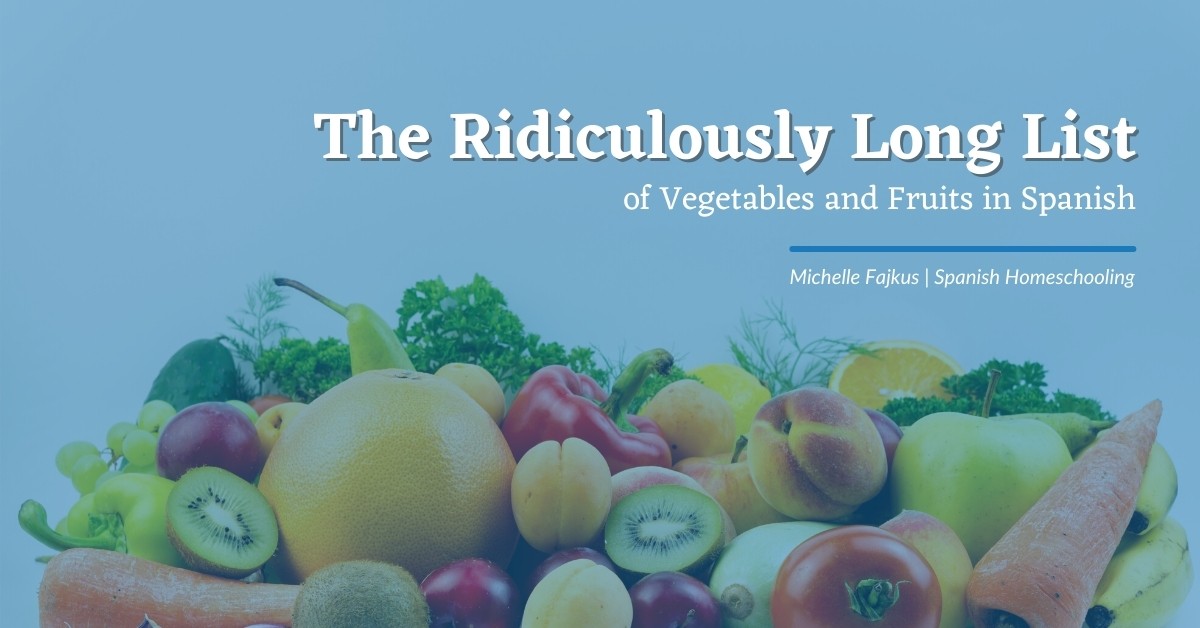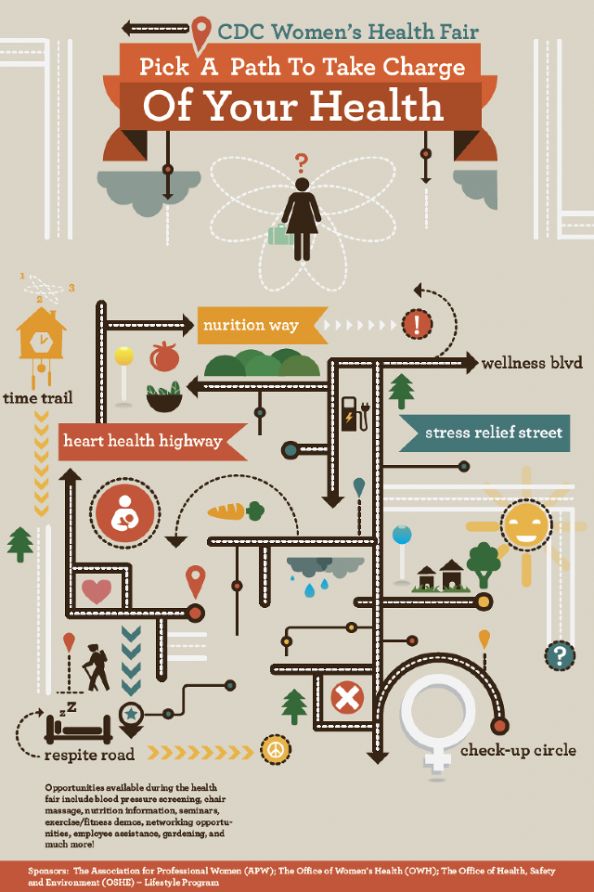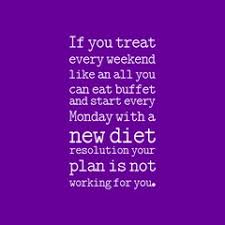
Research has shown that people with multiple health conditions are more at risk for the same diseases. It is therefore crucial to make healthy lifestyle choices. Even though age is a major risk factor for many health conditions, young adults in low-income households are more likely to suffer from multiple problems. Therefore, it can be hard to maintain a healthy lifestyle. The benefits of a healthy lifestyle will outweigh any potential health risks.
According to the study, those who followed 5 healthy lifestyles lived longer. There were many reasons, but the study revealed that people who lived by all five lifestyles lived longer than those who didn't. The people who had all five habits lived longer. The remaining life expectancy for women who adhered to all five lifestyle choices was 23.5 years. For men, it was 25.5 years.

Although Americans are keen to lead a healthy lifestyle there are many obstacles. There is limited access to healthy foods and high costs can make it prohibitive. Eating less processed foods is also an obstacle to a healthy lifestyle. Regular exercise is key to good health. It doesn't matter if you do yoga for an hour or 30 minutes per day, the important thing is to move and get enough exercise. Break it down into three 10-minute sessions, if you are short on time.
A healthy lifestyle is important for your overall health. However, limiting alcohol consumption is another barrier. Drinking more alcohol can increase your risk of developing heart disease or stroke. Limit your alcohol intake to no more than 14 drinks per week. It is important to keep active, even if you don’t drink alcohol. These changes will improve your overall health and quality of life. Participating in a healthy lifestyle program through your employer is a great way to help your community.
Healthy lifestyles are essential for overall health. Healthy eating habits and increased physical activity can help improve your quality life. You can live longer and more healthy lives by increasing your physical activity as well as your alcohol intake. Healthy eating habits will improve your health and help you feel better. You'll also be less stressed and live longer, so you can focus on your health. If you want to live a healthier lifestyle, make sure you're doing it right.

Sugar and saturated fat are not good for your health. WHO recommends a diet high-in vegetables, fruits, and whole grain. In your diet, you should consume moderate amounts both of protein as well as moderate amounts alcohol. It is important to live a healthy lifestyle. It will make you feel healthier and help you live longer. Healthy living will make you happy and allow you to enjoy every moment of your life.
FAQ
How to measure your body fat
The best way to measure body fat is with a Body Fat Analyzer. These devices are used to determine the percentage of bodyfat in people who desire to lose weight.
What are the 10 best foods to eat?
These are the top 10 foods to eat.
-
Avocados
-
Berries
-
Broccoli
-
Cauliflower
-
Eggs
-
Fish
-
Grains
-
Nuts
-
Oats
-
Salmon
What causes weight loss as we age?
How do you know if your bodyweight changes?
When there is more muscle mass than fat, weight loss can occur. This means that daily energy needs must be greater than the calories consumed. Activity levels are the most common reason for weight loss. Other factors include stress, illness and pregnancy. A person who has more fat than their muscle mass will experience weight gain. It occurs when people consume more calories each day than they use. It can be caused by overeating or increased physical activity as well hormonal changes.
The main reason why our bodies lose weight is because we consume fewer calories than we burn. When we exercise regularly, we increase our metabolism rate which burns off more calories throughout the day. However, this doesn't mean that we'll necessarily get thinner; what matters is whether or not we're losing fat or gaining muscle. If we're burning more calories that we consume, we'll lose weight. If we consume more calories that we burn, we are actually storing them in fat.
As we age we tend to be slower in moving and thus we don't move nearly as much. We also tend eat less than we used to. Therefore, we tend to put on weight. On the other hand, we have more muscle mass and look larger than we actually are.
Without weighing yourself each week, there is no way to know how much weight you have lost. There are many methods to measure your weight. You can gauge your waist size, hips, hips, thighs and arms. Some people prefer to use a bathroom scale while others prefer to measure with tape.
For a better track of your progress, try to weigh yourself once per week and measure your waistline once every month. You can also take photographs of yourself every few years to track how far your progress has been.
You can also check your height online to find out how many pounds you have. If you're tall at 5'10", and weigh 180lbs, your weight would be 180.
Do I need to count calories
Perhaps you are wondering what the best diet is for you. or "is counting calories necessary?" The answer to this question depends on many factors, including your current health, your personal goals and preferences, as well as your overall lifestyle.
The Best Diet for Me - Which One is Right For You?
My current health status, personal goals, preferences, and overall lifestyle all play a role in choosing the right diet. There are many good and bad diets. Some diets work for some people, while others are not. So what do I do? What can I do to make the right decision?
These are the main questions addressed by this article. This article begins with a brief overview of the various types of diets that are available today. After that, you will learn about the pros and disadvantages of each type. Finally, we'll discuss which one is best.
To begin, let's take a quick look at the different types of diets.
Diet Types
There are three types of diets available: ketogenic, high-protein, and low fat. Let's discuss them briefly below.
Low Fat Diets
A low-fat diet is one that limits the intake of fats. This is achieved by reducing saturated fats like butter, cream cheese, and other dairy products. They are replaced by unsaturated fats such as avocados, olive oil, and cream cheese. A low fat diet is often recommended for those who want to lose weight quickly and easily. However, this kind of diet may cause problems such as constipation, heartburn, and indigestion. If a person doesn’t receive enough vitamins from their foods, this can lead to vitamin deficiency.
High Protein Diets
High protein diets reduce carbohydrates to favor of proteins. These diets typically have more protein than other diets. These diets are designed to build muscle mass and help you burn more calories. They may not be able to provide sufficient nutrition for people who need it. They are not suitable for all people because they can be restrictive.
Ketogenic Diets
Ketogenic diets can also be known as keto diets. They are high on fat but low in carbs and proteins. Athletes and bodybuilders use them because they allow them more time and harder training without feeling fatigued. To avoid side effects such as fatigue, nausea, headaches, or other unpleasant side effects, you must strictly adhere to their instructions.
Statistics
- According to the 2020 Dietary Guidelines for Americans, a balanced diet high in fruits and vegetables, lean protein, low-fat dairy and whole grains is needed for optimal energy. (mayoclinichealthsystem.org)
- In both adults and children, the intake of free sugars should be reduced to less than 10% of total energy intake. (who.int)
- nutrients.[17]X Research sourceWhole grains to try include: 100% whole wheat pasta and bread, brown rice, whole grain oats, farro, millet, quinoa, and barley. (wikihow.com)
- This article received 11 testimonials and 86% of readers who voted found it helpful, earning it our reader-approved status. (wikihow.com)
External Links
How To
What does the term "vitamins" mean?
Vitamins can be described as organic compounds found in food. Vitamins are necessary for us to absorb nutrients in the foods we consume. Vitamins are not made by the body, so they must be obtained through food.
There are two types of vitamins: water soluble and fat soluble. Water-soluble vitamins dissolve readily in water. These include vitamin C (thiamine), Vitamin B1 (riboflavin), Vitamin B2 (riboflavin), Vitamin B3 (niacin), Vitamin B6 (pyridoxine), Vitamin C, B1 (thiamine), Vitamin B2 (riboflavin), Vitamin B3 (niacin), and Vitamin B6 (pyridoxine). The liver and fatty tissues are home to fat-soluble vitamins. You can find vitamin D, E K, A, beta carotene, and other fat-soluble vitamins.
Vitamins can be classified according to biological activity. There are eight major groups of vitamins:
-
A - essential for normal growth and maintenance of health.
-
C - essential for nerve function and energy generation.
-
D - Vital for healthy bones and teeth
-
E - Required for good vision & reproduction
-
K - Required for healthy nerves and muscles.
-
P – vital for building strong bones.
-
Q - Aids in digestion and absorption.
-
R is required for the production of red blood cells.
The recommended daily intake (RDA), of vitamins varies with age, gender and physical condition. The U.S. Food and Drug Administration, (FDA), sets the RDA value.
For adults over 19 years, the RDA is 400 mg per day for vitamin A. Pregnant mothers need 600 micrograms per days because it is vital for the development and growth of their baby. Children ages 1-8 require 900 micrograms per day. Children under 1 year old require 700 micrograms daily, while infants over one year old need 500 micrograms every day. This decreases between 9 and 12 months.
Children between the ages of 1-18 need 800 micrograms per daily for obesity, while children overweight require 1000 micrograms. Children underweight or obese will need 1200 mg per day.
Children 4-8 years old who have anemia must consume 2200 micrograms of Vitamin C daily.
2000 micrograms is the minimum daily intake for adults over 50 years old to maintain good health. Because of their higher nutrient needs, women who are pregnant or nursing need 3000 mg per day.
1500 micrograms is the recommended daily intake for adults aged 70+, who lose approximately 10% of muscle each year.
Women who are pregnant and lactating need more nutrients than the RDA. Pregnant mothers need 4000 micrograms per daily during pregnancy and 2500 after giving birth. Breastfeeding moms need 5000 micrograms each day when breastmilk production occurs.